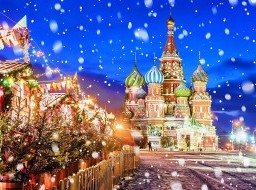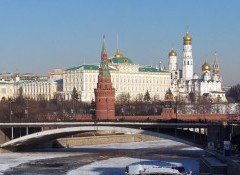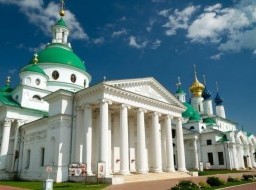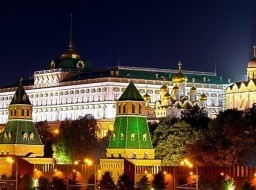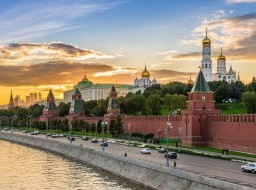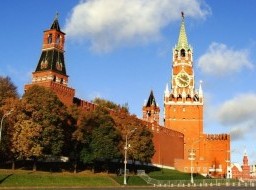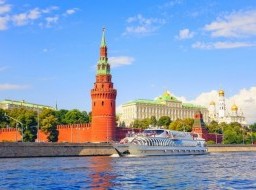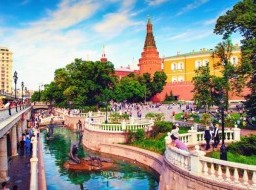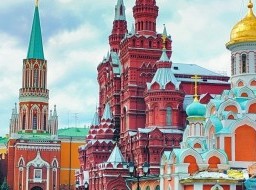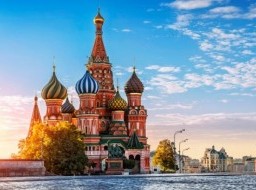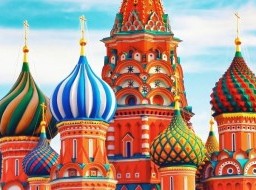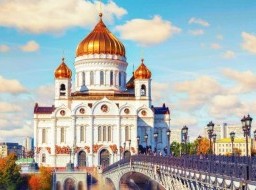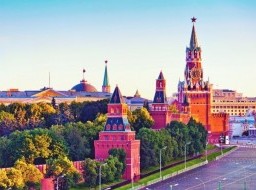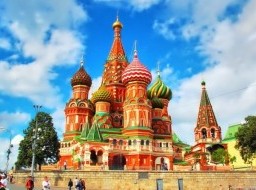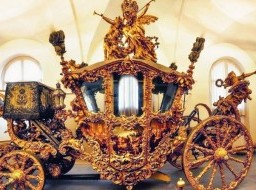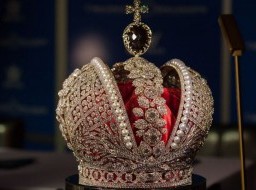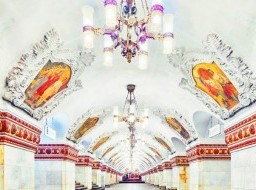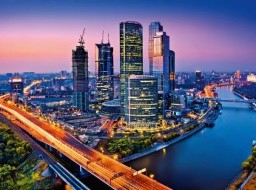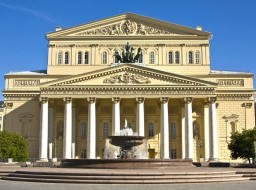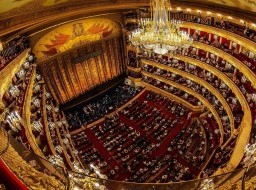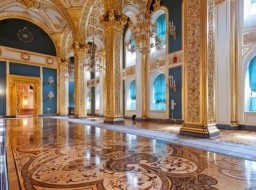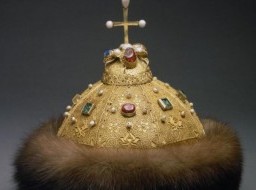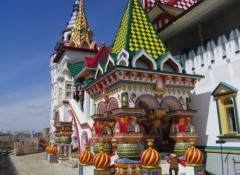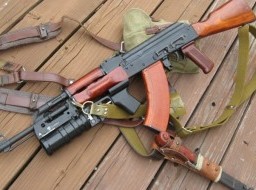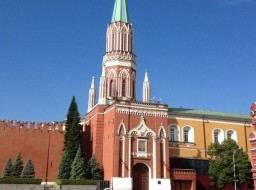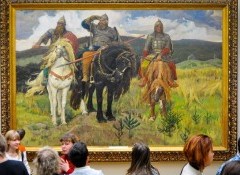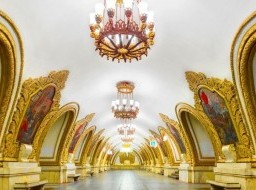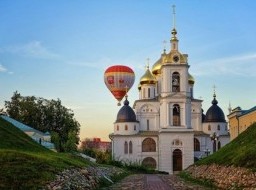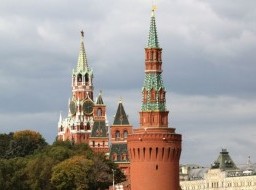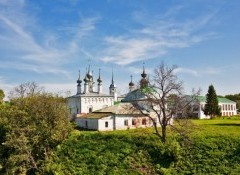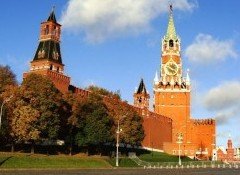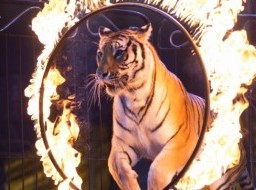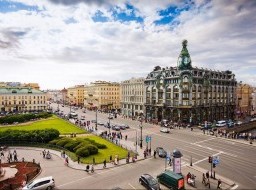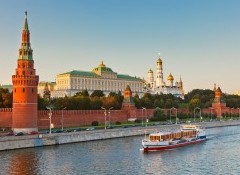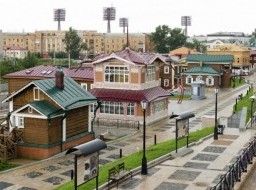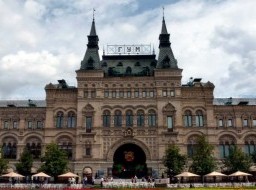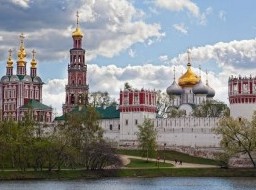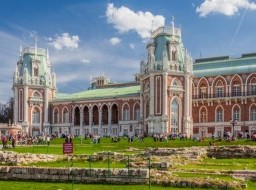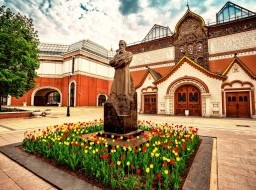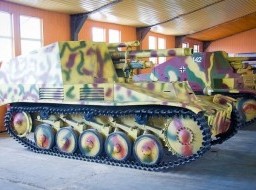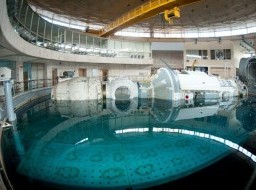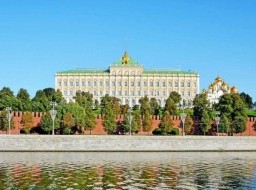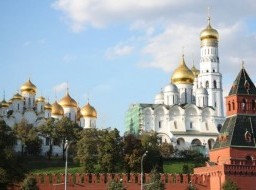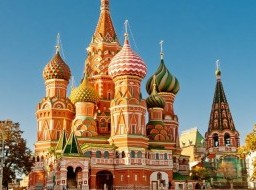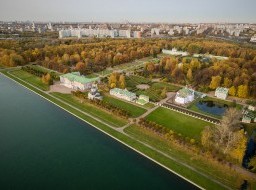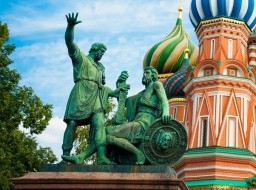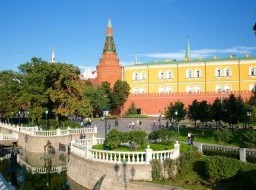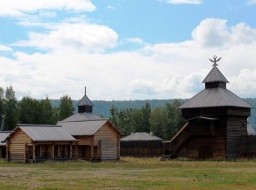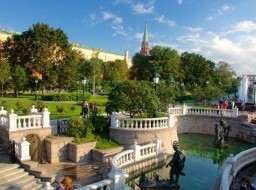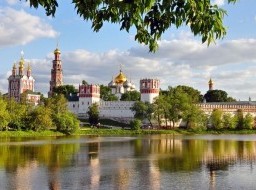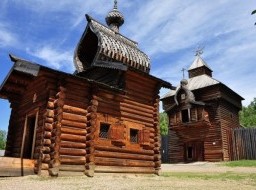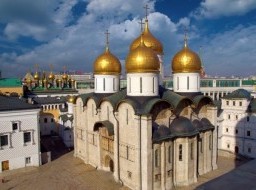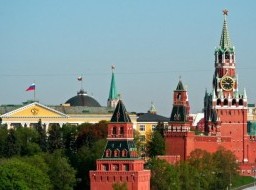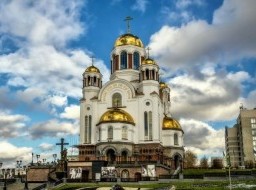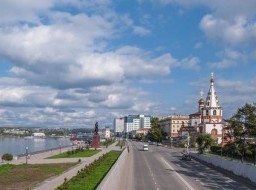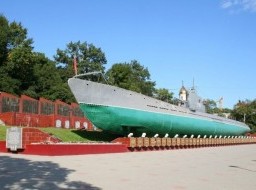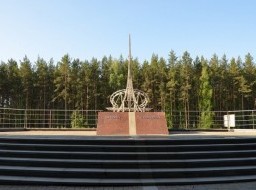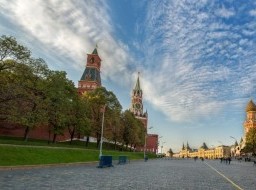Armoury Chamber (The Kremlin)
The Armoury Chamber - a treasure-house, it is a part of the Grand Kremlin Palace’s complex, and is one of the oldest museums of Moscow, established in 1808. The museum collections were based on the precious items that had been preserved for centuries in the tsars’ treasury and the Patriarch’s vestry. Some of the exhibits were made in the Kremlin’s workshops, others were accepted as ambassadorial gifts. The Armoury Chamber preserves ancient state regalia, ceremonial tsar’s vestments and coronation dress, vestments of the Russian Orthodox Church’s hierarchs, the largest collection of gold and silverware by Russian craftsmen, West European artistic silver, ceremonial weapons and arms, carriages, horse ceremonial harness. The State Armoury presents more than four thousands items of applied art of Russia, European and Eastern countries of IV-early XX centuries. The highest artistic level and particular historical and cultural value of the exhibits have made the State Armoury of the Moscow Kremlin a world-wide known museum. The Kremlin Armoury is one of the oldest museums of Moscow, established in 1808 and located in the Moscow Kremlin. The Kremlin Armoury originated as the royal arsenal in 1508. Until the transfer of the court to St Petersburg, the Armoury was in charge of producing, purchasing and storing weapons, jewelry and various household articles of the tsars. The finest Muscovite gunsmiths (the Vyatkin brothers), jewellers (Gavrila Ovdokimov), and painters (Simon Ushakov) used to work there. In 1640 and 1683, they opened the iconography and pictorial studios, where the lessons on painting and handicrafts could be given. In 1700, the Armoury was enriched with the treasures of the Golden and Silver chambers of the Russian tsars. In 1711, Peter the Great had the majority of masters transferred to his new capital, St.Petersburg. 15 years later, the Armoury was merged with the Fiscal Yard (the oldest depository of the royal treasures), Stables Treasury (in charge of storing harnesses and carriages) and the Master Chamber (in charge of sewing clothes and bedclothes for the tsars). After that, the Armoury was renamed into the Arms and Master Chamber. Alexander I of Russia nominated the Armoury as the first public museum in Moscow in 1806, but the collections were not opened to the public until 7 years later. The current Armoury building was erected in 1844-1851 by the imperial architect Konstantin Ton. After the Bolshevik Revolution, the Armoury collection was enriched with treasures taken from the Patriarch sacristy, Kremlin cathedrals, monasteries and private collections. Some of these have been sold abroad on behest of Stalin in the 1930s. In 1960, the Armoury became the official museum of the Kremlin. Two years later, the Patriarch chambers and the Cathedral of the Twelve Apostles were assigned to the Armoury in order to house the Applied Arts Museum. Nowadays, the Kremlin Armoury is home to the Russian Diamond Fund. It boasts unique collections of the Russian, Western European and Eastern applied arts spanning the period from the 5th to the 20th centuries. Some of the highlights include the Imperial Crown of Russia, Monomakh's Cap, the ivory throne of Ivan the Terrible, and other regal thrones and regalia; the Orloff Diamond; the helmet of Yaroslav II; the sabers of Kuzma Minin and Dmitri Pozharski; the 12-century necklaces from Ryazan; golden and silver tableware; articles, decorated with enamel, niello and engravings; embroidery with gold and pearls; imperial carriages, weapons, armor, and the Memory of Azov, Bouquet of Lilies Clock, Trans-Siberian Railway, Clover Leaf, Moscow Kremlin, Alexander Palace, Standart Yacht, Alexander III Equestrian, Romanov Tercentenary, Steel Military Fabergé eggs. The ten Fabergé eggs in the Armoury collection (all Imperial eggs) are the most Imperial eggs, and the second-most overall Fabergé eggs, owned by a single owner. The Kremlin Armoury is a definite must-see. It has famous Faberge Eggs, jewellery, gifts to the Russian Tsar's and so much more. The Armoury covers two floors, the lower dedicated to artifacts directly linked to Russia's rulers. The first hall on the lower floor contains court dresses and religious vestments, including Catherine the Great's glorious coronation dress, the saccos (ceremonial robe) of Peter, Moscow's first Metropolitan, which dates back to 1322, and Peter the Great's high boots and cane. The next hall contains state regalia and ceremonial objects, which means thrones such as Ivan the Terrible's beautifully carved ivory throne and the exotic gold and turquoise throne given to Boris Godunov by the Shah of Persia, and crowns - most notably the Crown of Monomakh, purportedly a gift from the Byzantine Emperor Constantine Monomachus, and used to crown all the Tsars up until 1682. The last two halls of the ground floor contain equestrian-related artifacts: decorative saddlery and state carriages. The most impressive pieces of tack are the two gold harnesses that were presented by the sultans of Turkey to Catherine the Great, and the carriages include one given by James I of England to Boris Godunov, and Empress Elizabeth's coach with paintings by the French artist Francois Boucher. Upstairs, the first two rooms contain Russian gold and silver from the 12th Century onwards, a sumptuous collection of jewelry, tableware, icons and decorative objects. The large case of Faberge eggs, presents exchanged between the tsar and tsaritsa every Easter, is probably the highlight of the collection, including the famous Siberian Railway Egg. However, the most beautiful items are those from earlier centuries, when Russian craftsmen developed their own techniques and styles, rather than taking their cue exclusively from Europe. Traditional Russian decorative art reached its peak in the late 16th and 17th centuries, and there are scores of examples in the collection illustrating the styles of the schools that developed in different cities of Russia. The collection of weapons, also divided by hall into Russian and foreign examples, is equally impressive, as befits the building. Mikhail Romanov's ornate, jewel-encrusted arms case and quiver, and the splendid dagger presented to him by the Shah of Persia, are particularly noteworthy. |
|
